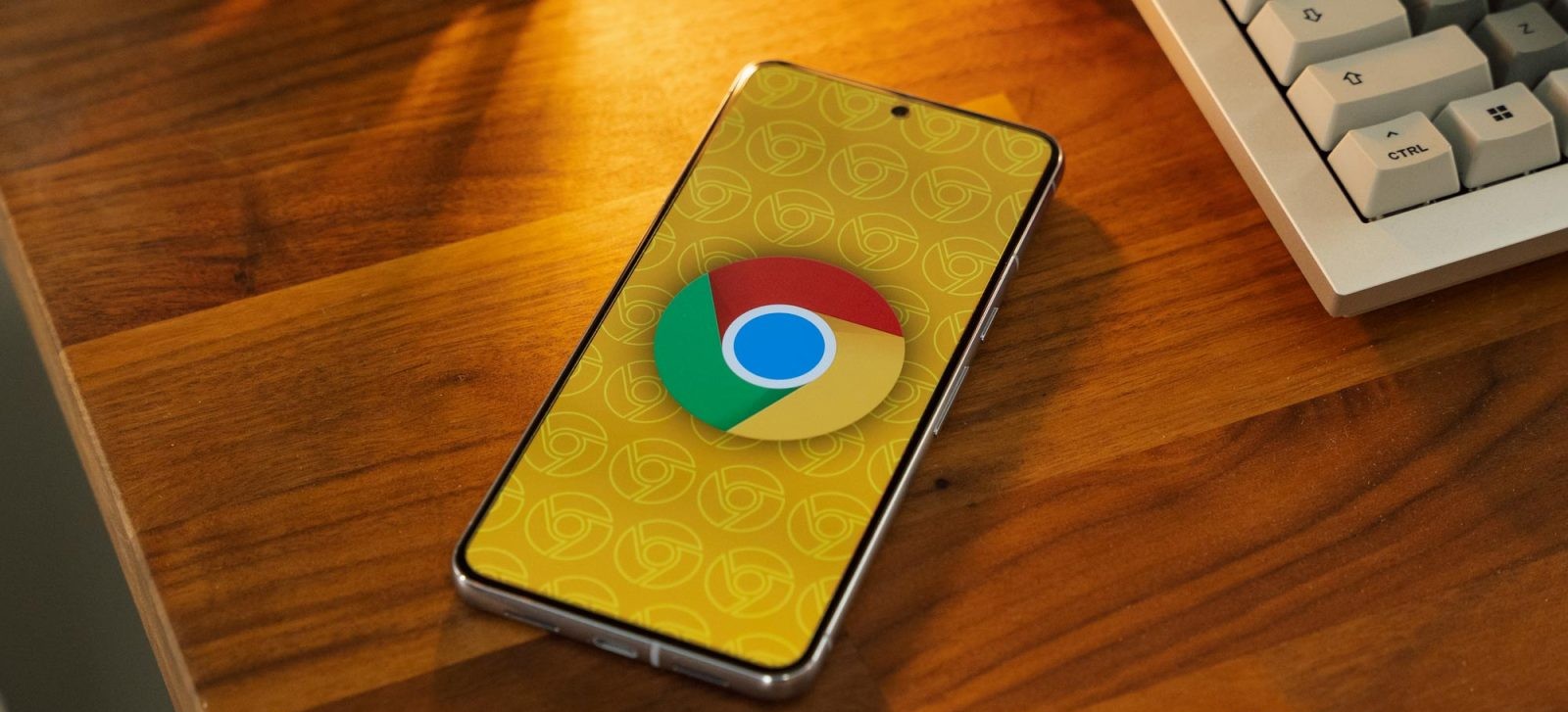Google’s Chrome 135 update for Android introduces an edge-to-edge design, enhancing the browsing experience by utilizing the entire screen. This update allows web content to extend beneath the system’s gesture navigation bar, providing a more immersive interface.
Understanding the Edge-to-Edge Design
Traditionally, Android applications displayed content within boundaries set by system bars, such as the status and navigation bars. With the edge-to-edge feature, applications can now render content across the full width and height of the display, drawing behind these system bars. This approach offers a more expansive and engaging user experience.
Prior to Chrome 135, the browser did not support this edge-to-edge rendering. The latest update changes this by extending the viewport into the gesture navigation bar area, allowing web content to reach the bottom edge of the device. This change is particularly noticeable when users scroll down a webpage; the gesture navigation bar now overlays the web content, eliminating the solid background that previously separated the two. This design shift aligns Chrome with other modern Android applications that have adopted edge-to-edge layouts.
Implementation Details
The edge-to-edge feature is being introduced through a phased rollout, with Chrome 135 targeting small-screen devices initially. Support for large-screen devices, such as tablets and foldables, is planned for future releases. It’s important to note that this update primarily affects devices using gesture navigation; those utilizing the traditional three-button navigation may not experience the same changes.
To facilitate this transition, Chrome has introduced a dynamic bottom bar, referred to as the chin. This element automatically retracts as users scroll down, allowing web content to extend to the device’s bottom edge. This dynamic behavior ensures that the browsing experience remains seamless and that content is not obstructed by system UI elements.
Implications for Web Developers
For web developers, the shift to an edge-to-edge design necessitates consideration of how content interacts with system bars. While the dynamic bottom bar minimizes potential issues, there may be instances where content could be obscured by the gesture navigation bar. To address this, developers are encouraged to review their websites and make necessary adjustments to ensure optimal display across all devices.
Google has provided a comprehensive migration guide to assist developers in adapting to this change. The guide outlines best practices for embracing the edge-to-edge design and offers solutions for potential challenges that may arise during the transition.
User Experience Enhancements
The adoption of an edge-to-edge design in Chrome 135 offers several benefits to users:
– Increased Screen Real Estate: By extending content beneath system bars, users can view more information without scrolling, enhancing productivity and engagement.
– Immersive Browsing: The seamless integration of web content with the device’s display creates a more immersive and visually appealing browsing experience.
– Consistency Across Apps: As more Android applications adopt edge-to-edge designs, users will experience a consistent interface across different apps, reducing cognitive load and improving usability.
Future Outlook
The introduction of edge-to-edge design in Chrome 135 is part of a broader trend towards maximizing screen utilization in Android applications. With Android 15, Google has encouraged developers to adopt edge-to-edge layouts, and future versions of the operating system may mandate this design approach. By proactively updating Chrome to support edge-to-edge rendering, Google is setting a precedent for other applications to follow, ensuring a cohesive and modern user experience across the Android ecosystem.
In conclusion, Chrome 135’s edge-to-edge design represents a significant step forward in mobile browsing. By embracing this feature, users can enjoy a more immersive and efficient browsing experience, while developers are provided with the tools and guidance needed to adapt their websites accordingly. As this design philosophy becomes more prevalent, it is poised to redefine how content is presented and consumed on mobile devices.



